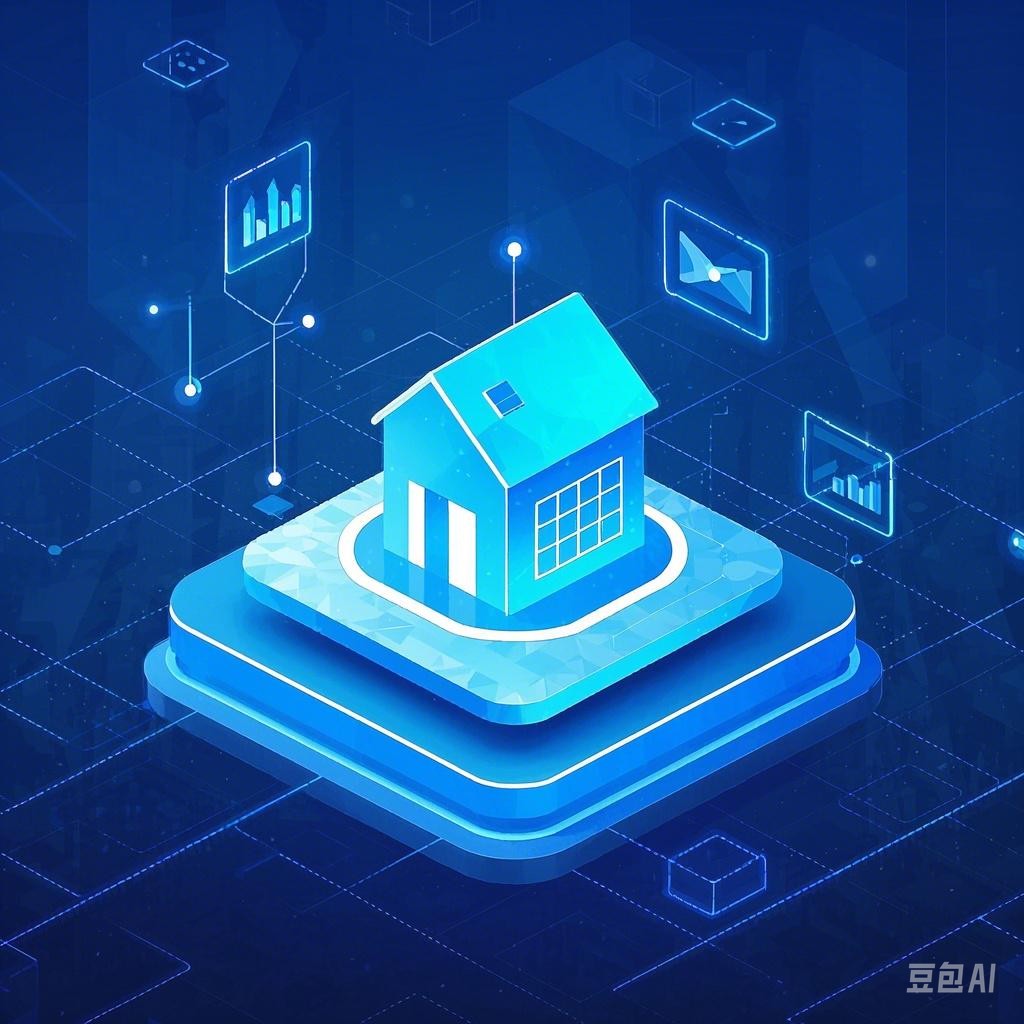Augmented Reality (AR) technology has been making headlines in recent years, and for good reason. It’s a field that is rapidly evolving and has the potential to revolutionize numerous industries. This article delves into the world of AR, exploring its definition, the technologies behind it, its current applications, and the future implications it holds for society.
Definition and Basics of Augmented Reality
Augmented Reality is a technology that overlays digital information onto the real world. Unlike Virtual Reality (VR), which creates a completely artificial environment, AR enhances the real world by adding digital elements. These elements can range from simple text and images to complex 3D models and interactive experiences.
Key Components of AR
- Camera: The camera captures the real-world environment.
- Display: The display presents the augmented content to the user.
- Sensor: Sensors, such as accelerometers and gyroscopes, provide information about the user’s movements and the environment.
- Processor: The processor combines the real-world data with the digital information to create the augmented reality experience.
The Technologies Behind AR
AR relies on several underlying technologies to function effectively:
- Computer Vision: This technology allows computers to interpret and understand visual information from the real world.
- Machine Learning: Machine learning algorithms help AR systems recognize and understand objects, environments, and user actions.
- 3D Modeling: 3D modeling is used to create the digital content that is overlaid onto the real world.
- User Interface (UI) Design: The UI design is crucial for ensuring that the augmented content is easy to interact with and understand.
Current Applications of AR
AR technology is already making significant impacts across various industries:
Education
AR is being used to create immersive learning experiences. For example, students can use AR to explore historical events or dissect virtual organs without the need for real-life models.
Retail
In retail, AR allows customers to visualize products in their own environment before making a purchase. This can lead to a more personalized shopping experience and potentially increase sales.
Healthcare
AR is transforming healthcare by providing surgeons with real-time data during operations, helping patients understand their conditions, and allowing for virtual rehabilitation exercises.
Real Estate
AR can be used to create virtual tours of properties, allowing potential buyers to explore properties remotely and from any location.
Entertainment
AR is being used to create immersive gaming experiences and interactive storytelling.
The Future of AR
The future of AR is bright, with potential applications in virtually every industry. Some of the key trends that are expected to shape the future of AR include:
- Wearables: The development of more advanced wearables, such as smart glasses, will make AR more accessible and intuitive.
- 5G Technology: The rollout of 5G will provide the necessary bandwidth to support high-quality AR experiences.
- Integration with Other Technologies: AR is expected to integrate more closely with other technologies, such as artificial intelligence and the Internet of Things (IoT), creating even more innovative applications.
Conclusion
Augmented Reality is a technology that has the potential to revolutionize the way we interact with the world. Its current applications are just the beginning, and as the technology continues to evolve, we can expect to see even more innovative uses of AR in the future.
